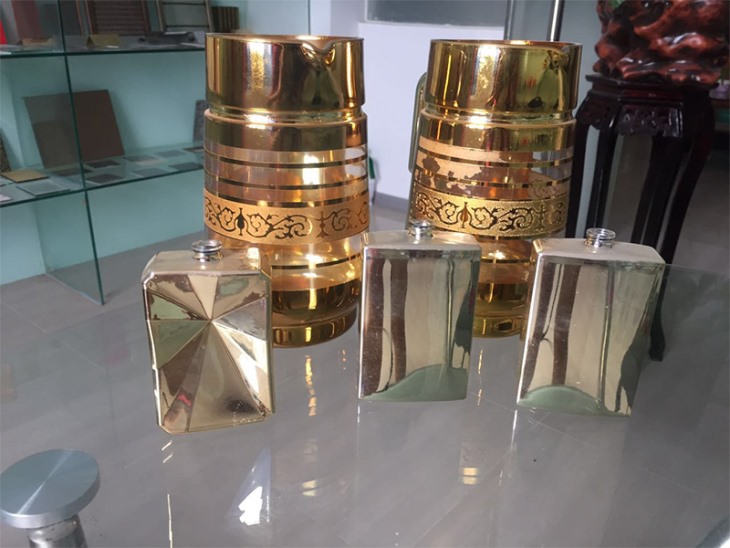Electroplated workpieces are generally not particularly large, and some dust, oil, and the like may adhere to the surface during processing, handling, and storage. Electroplating cleaning is not the same as general degreasing cleaning. It is not only necessary to remove the oil on the surface but also to affect the subsequent plating.
The specific application process of electroplating anti-oil treatment agent:
Data appearance dust removal → spray plating anti-oil treatment agent → (spray wet, no baking, spray directly spray bottom UV) → vacuum plating → surface UV → next process.
The traditional cleaning method is to use different cleaning methods for different kinds of dirt, such as dirty water and alkali heat degreasing agent such as dust, electrolytic degreasing agent like oil and fat, like oxide layer. Use some acidic cleaning agents such as dilute sulfuric acid and dilute hydrochloric acid. Some remove the dirt and need to be polished after the surface is processed and polished. For ABS, PC, TPU and other materials, the injection mold release agent and the mold oil are generally applied with the anti-oil treatment agent to conceal the oil stain.
Anti-oil treatment agent is for some plastic materials, such as TPU, ABS, PC material to do vacuum plating, because the substrate appearance release agent is severe, resulting in the primer and electroplating, the product will have oil residue on the outside, the foundation is not Method delivery. Faced with this problem, many electroplating plants use a solvent such as white oil to scrub or soak the surface of the data first, and then spray the bottom UV.
The method of manual scrubbing can play the role of cleaning oil stains, but the electroplating factory has a large output per day. There are no ways to scrub the corners manually, and there is still oil in the local area that is not rubbed.
And the white oil immersion cleaning has certain safety problems, the effect is unstable, and the plating yield is not high. The electroplating anti-oil treatment agent is used to conceal the oil stain and improve the adhesion. The two problems can be solved at the same price, and it is not necessary to use the cleaning agent to treat the oil alone. A process to deal with all problems, greatly reducing labor costs and improving yield.
The above is the electroplating varnish manufacturer for your introduction, I hope to help everyone.

Related Industry Knowledge
- Floor paint construction acceptance standard floor paint construction plan
- Characteristics and construction technology of glass wine bottle paint
- Process difference and advantages and disadvantages of vacuum electroplating varnish and water electroplating varnish
- Waterborne metal baking paint spraying precautions
- About the construction of water-based glass bottle paint
- What are the problems with the epoxy floor paint in the underground parking lot?
- Double propylene polyurethane sealant construction process and precautions
- The difference between art floor and epoxy floor Guangzhou Tianmai supply high quality floor paint
- Several points that must be known before the construction of self-leveling epoxy floor paint
- Waterborne metal paint has become a mainstream product in the waterborne coating industry.
- Use of waterborne metal paint in hardware decoration
- It is very simple to use water-based electroplating varnish
- Waterborne electroplating varnish formula
- Is there any way to clean the glass paint?
- Difference between floor painting and floor paint construction
- Three differences between waterborne floor paint and paint
- Dry goods! Advantages of water-based crack paint
- Principle of manufacturing water-based crack paint
- Waterborne metal paint construction method
- The impact of waterborne metallic paints on industry

